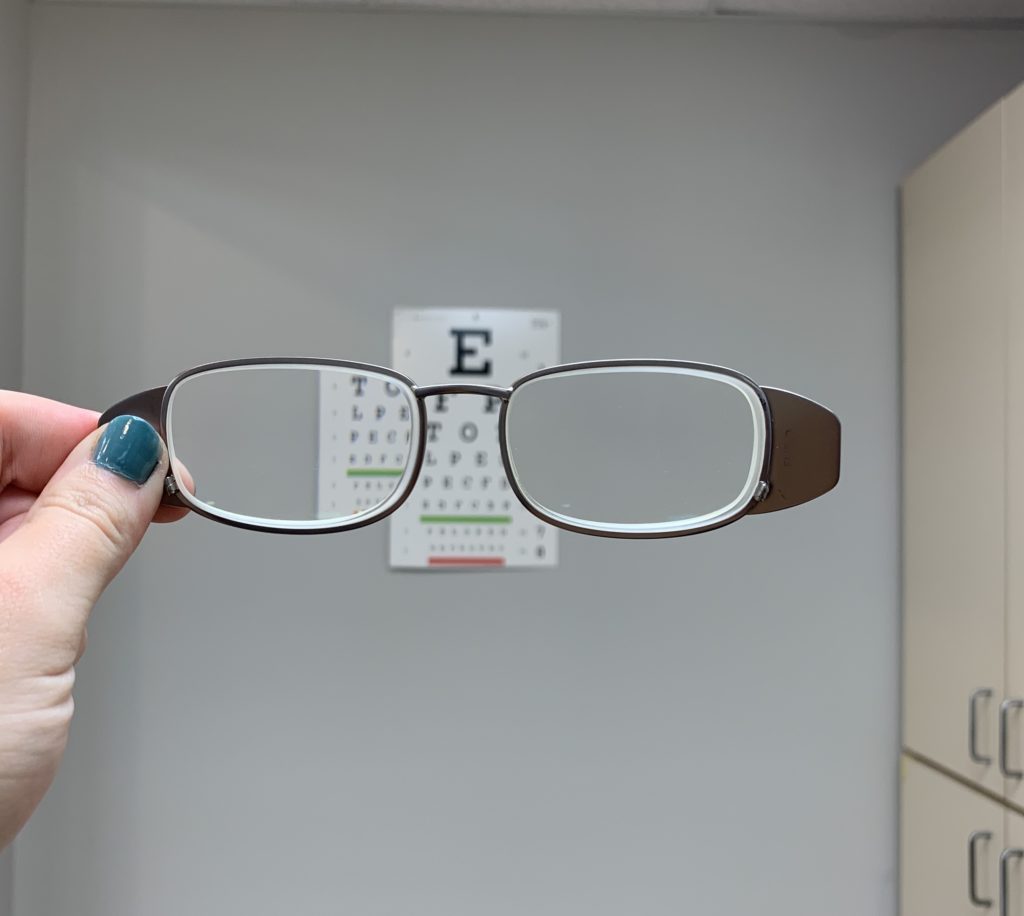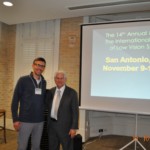What are Side Vision Awareness Glasses (SVAG)?
Side Vision Awareness Glasses® (SVAG) were developed by Dr. Errol Rummel of Jackson, NJ, after years of treating people with stroke-related,or brain injury related hemianopsia (side vision loss).
Hemianopsia (loss of half the width of your field of vision) is one of the most common side effects of a stroke or traumatic brain injury. People can find themselves afraid to go out, disoriented, and struggling to make it through their day.

Benefits of Side Vision Awareness Glasses (SVAG)
1. A wide viewing area, allowing better field awareness. And because SVAG have a vertical edge, a patient just needs to move their eyes a couple of millimeters to get into the SVAG area of the lens.
2. Cosmetically more attractive because the front of the lens is smooth, making the area with prism barely noticeable.
3. A higher index of refraction, so SVAG is a thinner, lighter, and more comfortable than other types of hemianopsia glasses.

New Design Exclusive to Midwest Low Vision
Typically, these glasses have a prism on the back of the lens so that someone can use it when they need to by shifting their eyes to the left or the right. However, Dr. Rummel generously gifted Dr. Jarrod Long a set of his brand new full-field side vision awareness glasses. The work similarly to the standard SVAG but the entire lens is specially designed to shift the missing part of your vision into view. This expands a person’s awareness of objects in their path and enhances peripheral vision. Currently, Midwest Low Vision is one of the only practices in the Midwest with the full field SVAG.

This is a pair of the new full-field glasses. Notice how there is no extra attachment on either lens- instead, the entire lens is designed to adjust the field of view. You can see how the lens shifts the image of the eye chart to the left. This specific type of lens is ideal for someone missing their right visual field. The new design allows someone to see more of their side vision without compromising the view right in front of them.
Dr. Long is specially trained to prescribe and dispense the right pair of glasses for you or your loved ones. If this sounds like something that would improve your quality of life, please call for more information!

























